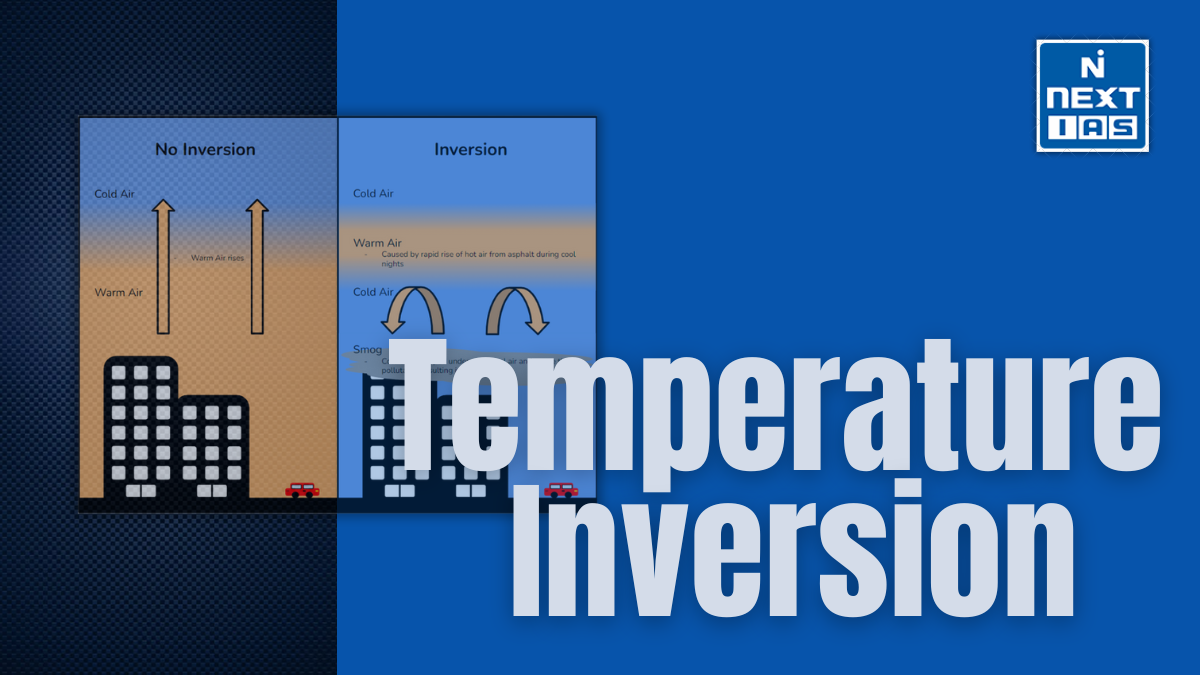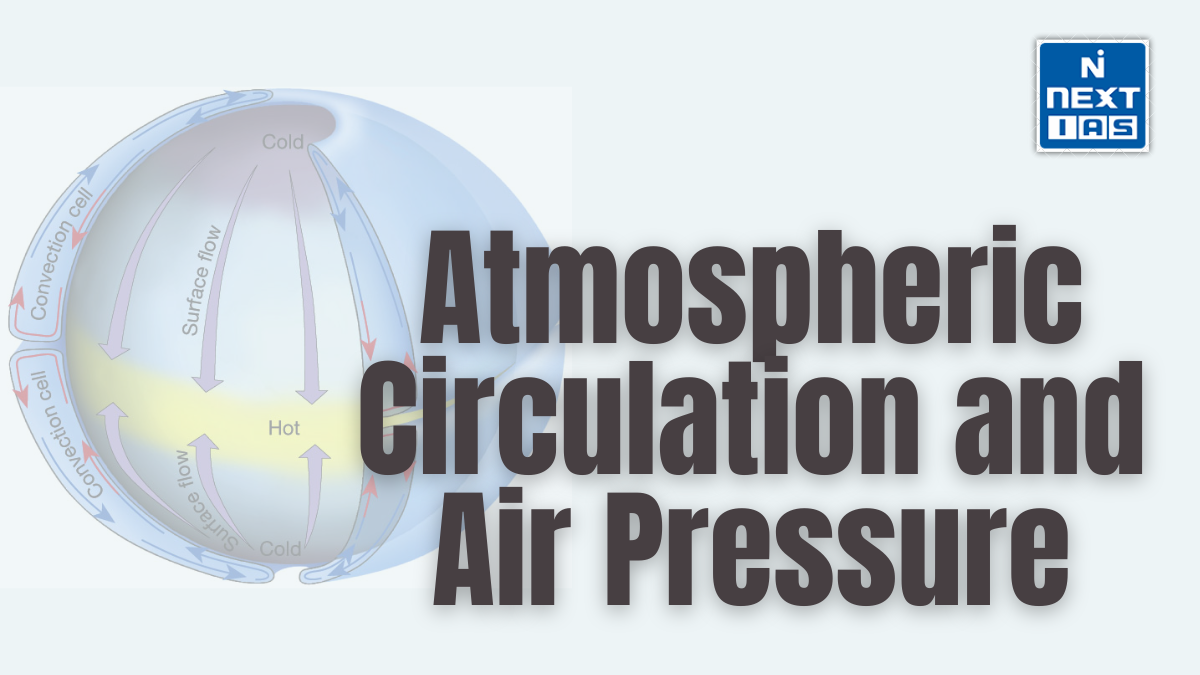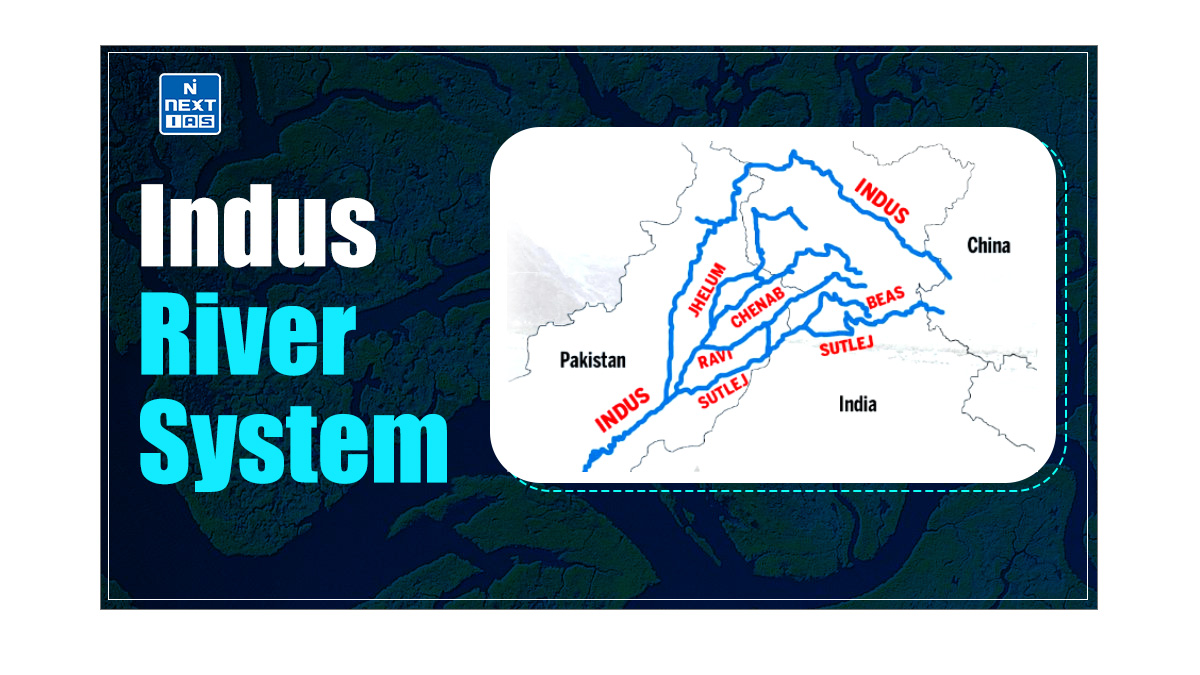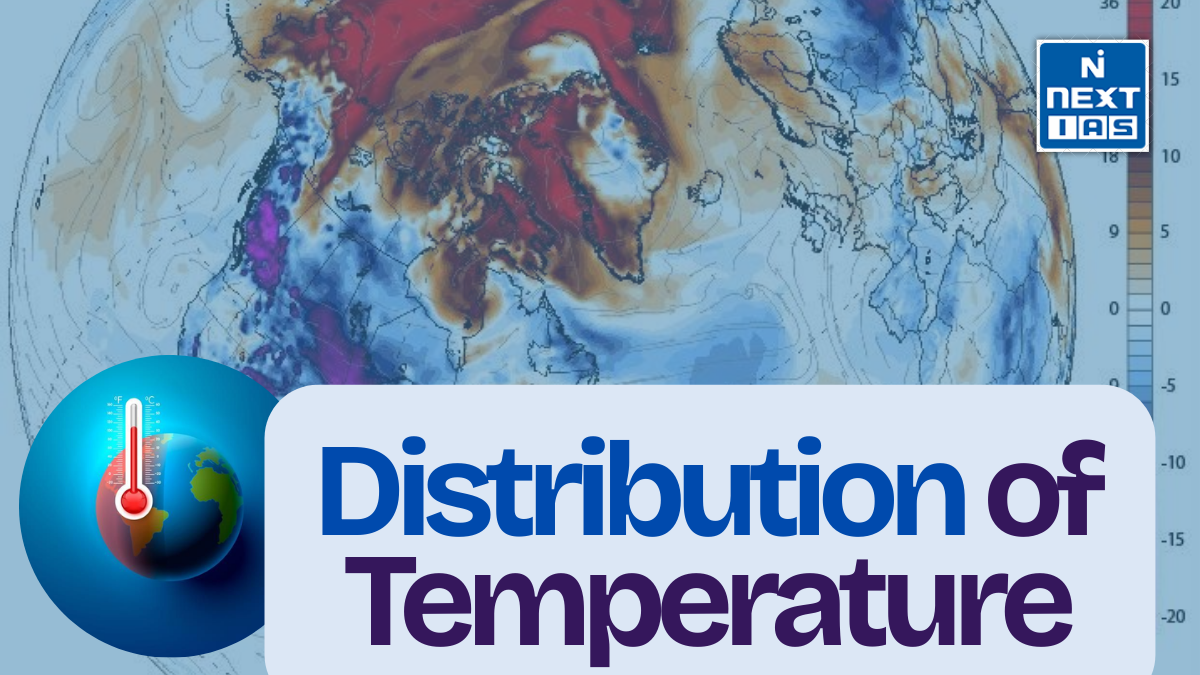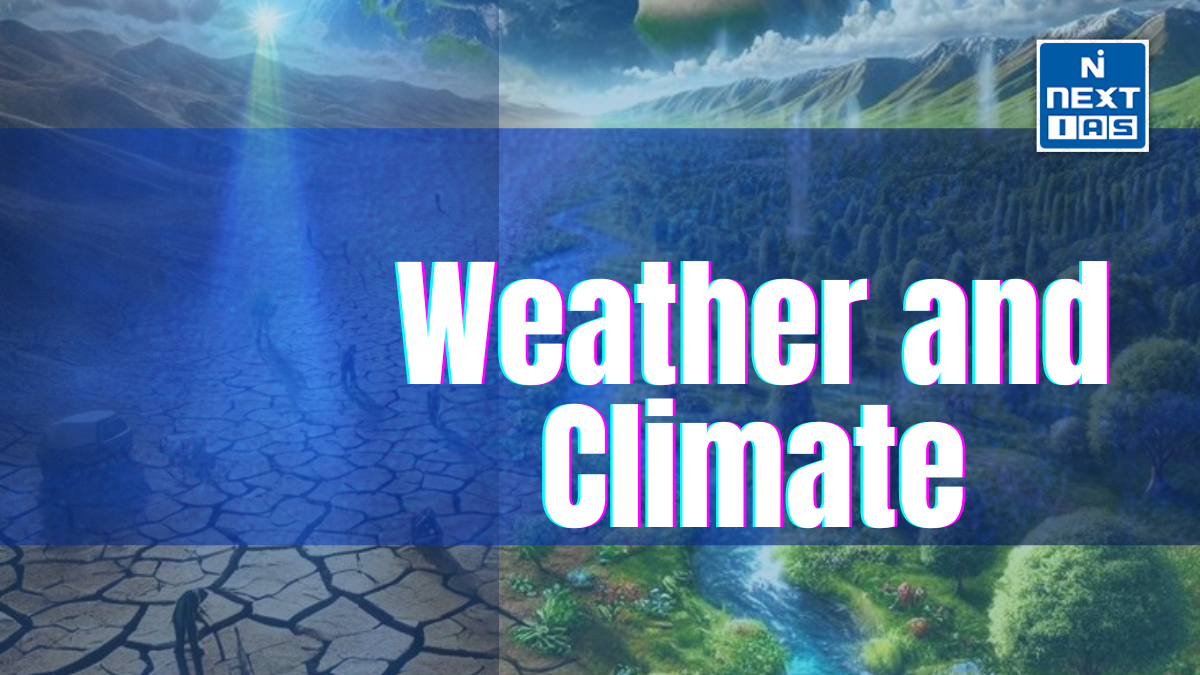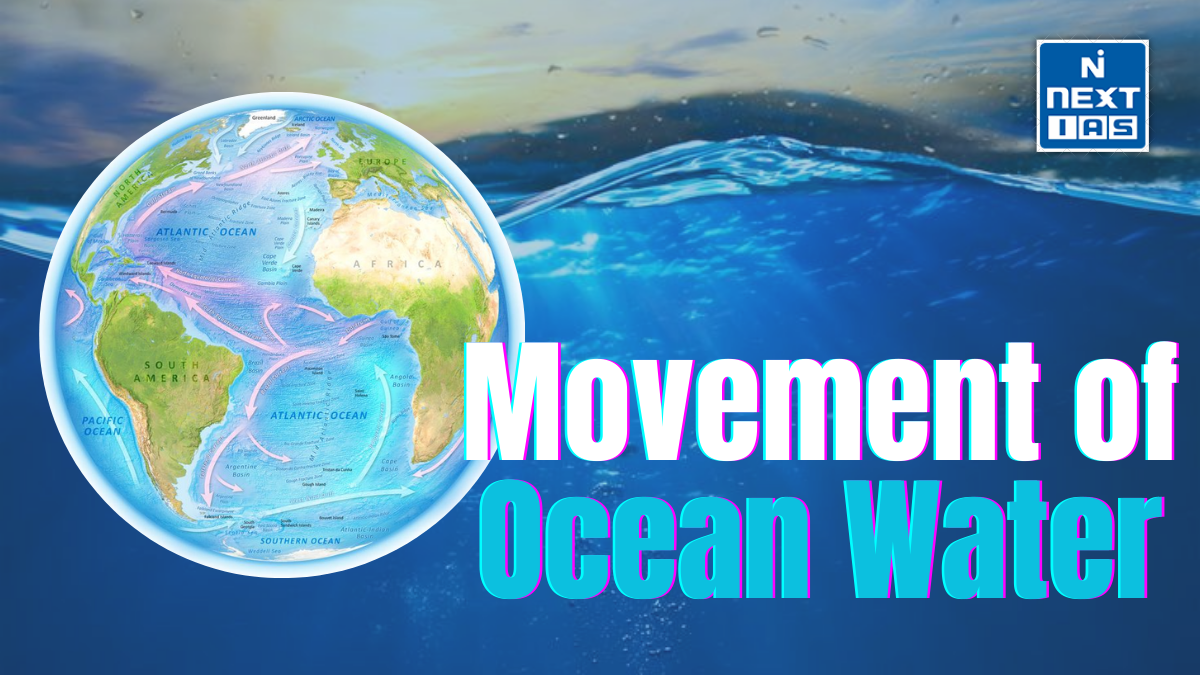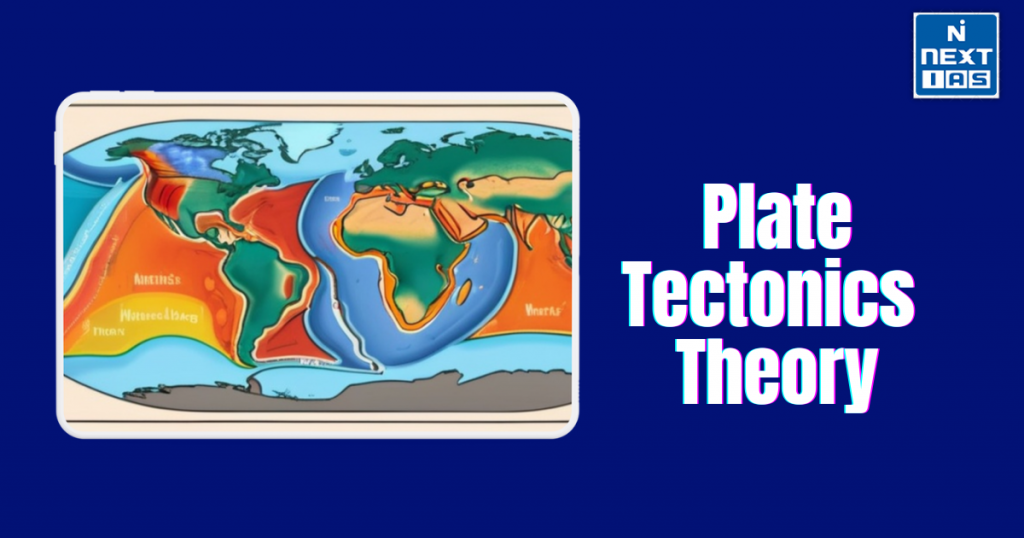
The Plate Tectonics Theory explains the movement of Earth’s lithosphere, which is divided into several large and small tectonic plates. These plates float on the semi-fluid asthenosphere and move due to forces like mantle convection. The theory helps explain phenomena like earthquakes, volcanic activity, and continental drift.
What is Plate Tectonics Theory?
- The Plate Tectonics Theory explains the movement of Earth’s lithosphere, which is divided into large, rigid plates that float atop the semi-fluid asthenosphere.
- These tectonic plates are driven by forces like mantle convection, slab pull, and ridge push.
- The plates move in various directions, causing them to interact at their boundaries, where phenomena like earthquakes, volcanic activity, and the creation of mountain ranges occur.
- There are three main types of plate boundaries: divergent, where plates move apart (e.g., mid-ocean ridges); convergent, where plates collide (e.g., the Himalayas); and transform, where plates slide past each other (e.g., the San Andreas Fault).
- Plate tectonics explains the distribution of fossils, the formation of continents, ocean basins, and mountain chains, and the recycling of crust at subduction zones.
- It is a fundamental theory in geology, providing insights into the Earth’s dynamic surface and the forces shaping the planet over millions of years.
Classification in Plate Tectonics Theory
In the Plate Tectonics Theory, the Earth’s lithosphere is divided into several rigid tectonic plates that float on the semi-fluid asthenosphere beneath them. These plates interact at their boundaries, which are classified into three main types based on the nature of their movement and the resulting geological features:
Divergent Boundaries
- Description: At divergent boundaries, tectonic plates move away from each other.
- Key Features:
- Mid-Ocean Ridges: Underwater mountain ranges where new oceanic crust forms, such as the Mid-Atlantic Ridge.
- Rift Valleys: Continental crust that stretches and thins, such as the East African Rift.
- Example: The East Pacific Rise and the Mid-Atlantic Ridge.
- Process: As the plates separate, magma rises from the mantle to create new crust, expanding the ocean floor and forming new seafloor.
Convergent Boundaries
- Description: At convergent boundaries, plates move toward each other and collide.
- Key Features:
- Subduction Zones: One plate is forced beneath another, often forming deep ocean trenches and volcanic arcs.
- Mountain Ranges: When two continental plates collide, they can form large mountain ranges.
- Example: The Himalayas, formed by the collision of the Indian Plate and the Eurasian Plate.
- Process: Subduction leads to the destruction of oceanic crust, and volcanic activity can occur due to the melting of the subducted plate.
Transform Boundaries
- Description: At transform boundaries, plates slide past one another horizontally.
- Key Features:
- Faults: Large fractures in the Earth’s surface, where plates move past each other.
- Earthquakes: Friction and stress at transform boundaries often lead to seismic activity.
- Example: The San Andreas Fault in California.
- Process: Plates slide laterally, and stress builds up until it is released in the form of earthquakes.
Plate Interiors and Hotspots
- Hotspots are areas where mantle plumes cause volcanic activity independent of plate boundaries, like the Hawaiian Islands. These are not classified as a boundary type but are important in understanding plate dynamics and the movement of plates over stationary mantle hotspots.
These boundary types—divergent, convergent, and transform—describe the key interactions between tectonic plates that drive many geological processes, including the formation of mountains, earthquakes, volcanoes, and ocean basins.
Significance of Plate Tectonics Theory
The Plate Tectonics Theory has immense significance in understanding the Earth’s geological processes and its dynamic nature. Its key contributions include:
Explains Earth’s Geological Features
- Plate tectonics provides a unified explanation for the formation of mountains, ocean basins, and volcanoes. It accounts for the rise of mountain ranges like the Himalayas and the formation of deep ocean trenches like the Mariana Trench.
Understanding Earthquakes and Volcanic Activity
- The theory explains the occurrence of earthquakes and volcanic eruptions along plate boundaries. Subduction zones, where one plate is forced beneath another, are primary sites of volcanic activity, while transform boundaries are responsible for earthquakes due to the sliding movement of plates.
Insights into Continental Drift
- Plate tectonics offers a mechanism for continental drift, explaining how continents have moved over geological time. It supports the earlier Continental Drift Theory proposed by Alfred Wegener, showing that continents were once part of supercontinents like Pangaea and drifted apart over millions of years.
Provides Evidence for the Age of the Earth
- The theory helps scientists understand the age of oceanic crust and the geological history of the Earth. By studying the movement of tectonic plates and the age of ocean floor sediments, scientists can estimate the age of the Earth and track its evolutionary timeline.
Understanding Earth’s Dynamic Nature
- Plate tectonics demonstrates that Earth’s surface is not static but constantly changing. This has led to a better understanding of Earth’s internal processes, including mantle convection and the recycling of crust through subduction and seafloor spreading.
Influence on Other Scientific Fields
- The theory has far-reaching implications for paleontology, climatology, and biogeography. It explains the distribution of fossils, climate patterns, and ecosystems, as continents have moved through different latitudes and climates over time.
Contribution to Resource Exploration
- Understanding plate movements has facilitated the exploration of natural resources such as oil, natural gas, and minerals, which are often concentrated at specific geological formations created by tectonic activity, like oil deposits in the Persian Gulf.
Advancements in Geophysical Research
- The theory has led to the development of advanced geophysical methods for studying the Earth’s interior, including seismic tomography, satellite measurements, and magnetic surveys. This has advanced our understanding of Earth’s core, mantle, and crust.
Predicting Future Geological Activity
- Plate tectonics helps scientists predict future geological events, such as the potential for earthquakes and volcanic eruptions in areas along tectonic plate boundaries, aiding in disaster preparedness and risk mitigation.
In summary, the Plate Tectonics Theory is fundamental to modern geology and earth sciences, providing a comprehensive explanation for many geological phenomena and shaping our understanding of the Earth’s structure, history, and ongoing processes.
Examples of Plate Tectonics Theory
The Plate Tectonics Theory provides explanations for many geological features and phenomena observed on Earth. Here are some key examples where the theory is evident:
The Himalayas (Convergent Boundary)
- The Himalayas were formed by the collision of the Indian Plate and the Eurasian Plate. This is an example of continental-continental convergence, where both plates are equally dense, causing them to crumple and push upward, forming the world’s highest mountain range.
The San Andreas Fault (Transform Boundary)
- The San Andreas Fault in California is a classic example of a transform boundary, where the Pacific Plate and the North American Plate slide past each other horizontally. This movement causes frequent earthquakes along the fault line.
The Mid-Atlantic Ridge (Divergent Boundary)
- The Mid-Atlantic Ridge is a divergent boundary where the North American Plate and Eurasian Plate (and other plates) are moving apart. As they separate, magma rises from the mantle to create new oceanic crust, widening the Atlantic Ocean. It is the longest mountain range in the world, mostly underwater.
The Mariana Trench (Convergent Boundary/Subduction Zone)
- The Mariana Trench is the deepest part of the world’s oceans, formed where the Pacific Plate is being subducted beneath the Philippine Plate at a convergent boundary. This subduction process leads to the formation of deep ocean trenches and volcanic arcs.
The East African Rift (Divergent Boundary)
- The East African Rift is a continental rift zone where the African Plate is splitting into two parts: the Somali Plate and the Nubian Plate. This is an example of continental rifting at a divergent boundary, which will eventually create a new ocean if the rifting continues.
The Ring of Fire (Convergent and Subduction Zones)
- The Ring of Fire is a region around the Pacific Ocean where many of the world’s volcanoes and earthquakes occur. It is a direct result of subduction zones and convergent boundaries, where oceanic plates are being forced beneath continental plates, leading to volcanic activity, especially in countries like Japan, Indonesia, and the Philippines.
Iceland (Mid-Ocean Ridge and Hotspot)
- Iceland sits on the Mid-Atlantic Ridge where the Eurasian Plate and North American Plate are pulling apart. It also has volcanic activity due to a hotspot beneath the island, providing an example of both seafloor spreading at a divergent boundary and volcanic activity due to mantle plumes.
The Andes Mountains (Convergent Boundary/Subduction Zone)
- The Andes Mountains in South America are a product of the Nazca Plate subducting beneath the South American Plate. This is a classic example of a continental-oceanic convergence, where the oceanic plate is forced beneath the continental plate, leading to the formation of mountains and volcanic arcs.
The Great Rift Valley (Divergent Boundary)
- The Great Rift Valley in East Africa is another example of continental rifting where the African Plate is being split by tectonic forces. As the plates pull apart, large valleys and volcanic activity occur, and over millions of years, it could lead to the formation of a new ocean.
The Alps (Convergent Boundary)
- The Alps were formed when the African Plate collided with the Eurasian Plate. The collision of these two plates caused the Earth’s crust to buckle and fold, creating the majestic mountain range that spans across several countries in Europe.
The Red Sea (Divergent Boundary)
- The Red Sea is an example of a rift zone where the Arabian Plate is moving away from the African Plate. As the plates diverge, new oceanic crust forms, creating a young ocean basin between the two plates.
These examples show the variety of geological features and phenomena that are explained by the movements of tectonic plates at different types of plate boundaries: divergent, convergent, and transform. Plate tectonics is a unifying theory that helps scientists understand the dynamic nature of Earth’s surface.
Way Forward
The way forward for the Plate Tectonics Theory involves further refining our understanding of mantle convection, plate interactions, and their role in Earth’s climate and evolution. Advancements in seismic imaging, GPS technology, and computational modeling will enhance predictions of tectonic movements, earthquake risks, and resource exploration.
Conclusion
The Plate Tectonics Theory provides a comprehensive explanation for the movement of Earth’s lithospheric plates and their interactions. It has revolutionized our understanding of geological processes, including the formation of mountains, earthquakes, and volcanic activity, offering crucial insights into the dynamic and ever-changing nature of Earth’s surface.
GS - 3